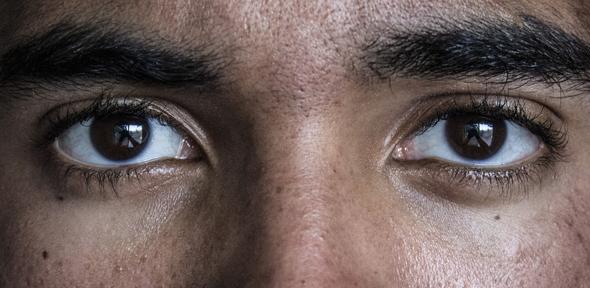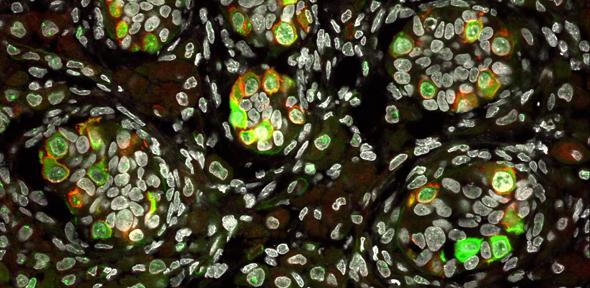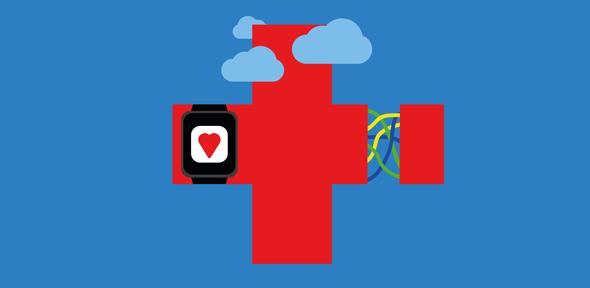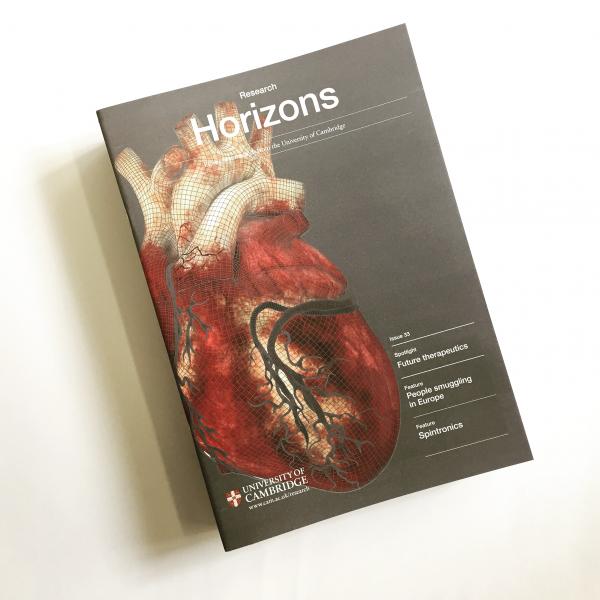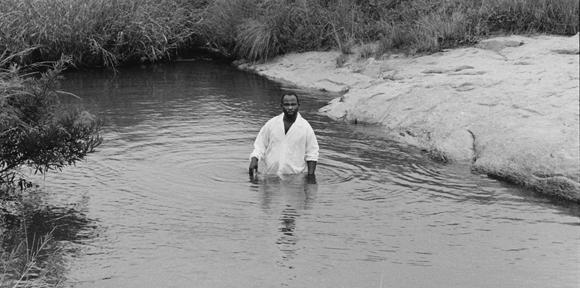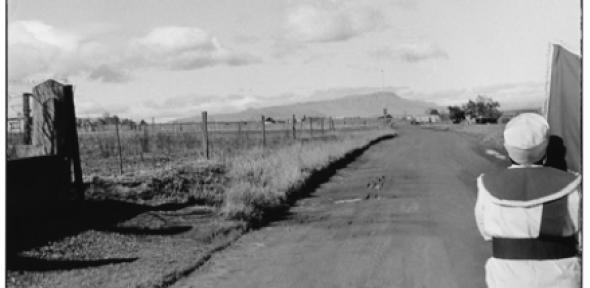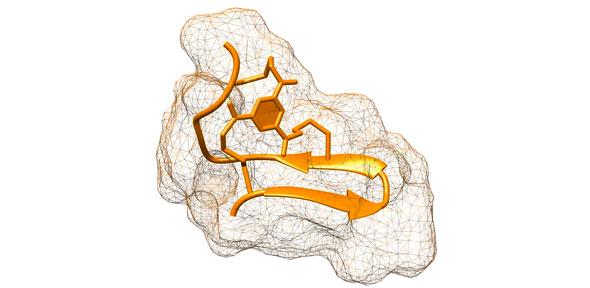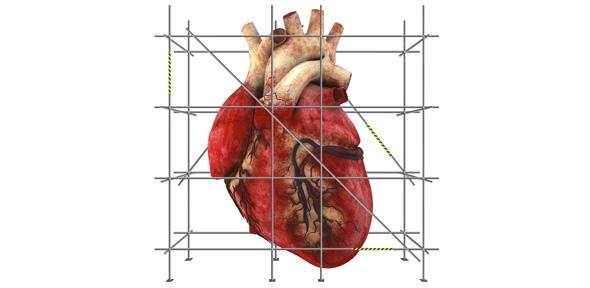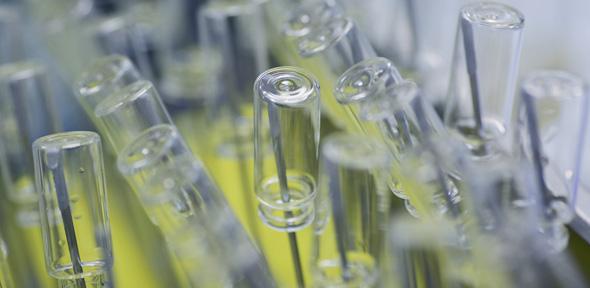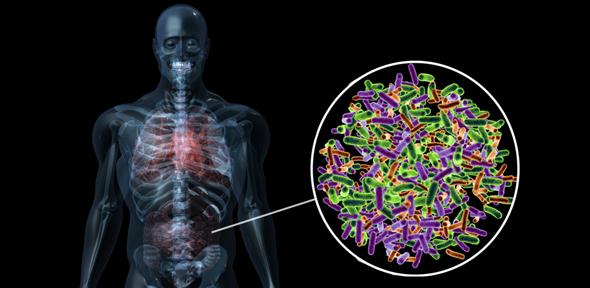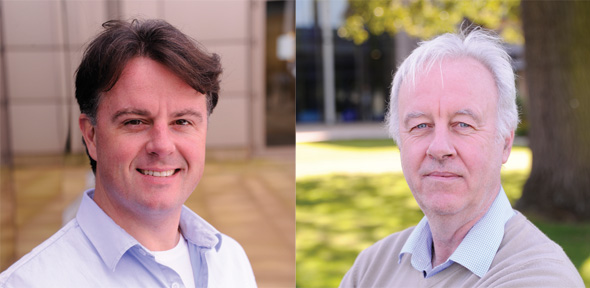Adair Turner, Baron Turner of Echiswell, received the degree of Doctor of Law for his services to the State. The businessman, academic and former Chairman of the Financial Services Authority was described in the Oration as “the answer to every crisis in public policy”. An alum of Gonville & Caius College, Lord Turner is currently Chairman of the board of Governors at the Institute for New Economic Thinking.
Presenting him for his Honorary Degree, the Orator said: “In the present climate…. when knowledge itself is too often derided let us say this: there stands before us a man of impeccable political neutrality, of intellectual rigour, of the soundest judgement, to whom, for his many services to the State, we now give particular thanks.”
Also recognised with a Doctor of Law degreefor his services to the State was Professor Sir Malcolm Grant, former Pro-Vice-Chancellor at the University of Cambridge. Professor Grant, who was Provost and President of University College London, was appointed the founding chairman of NHS England, with responsibility for investing the budget of the NHS in England and for its operational performance –a role to which he was recently re-appointed.
Professor Jean-Marie Lehn, Professor of Supramolecular Chemistry at the Collège de France, was awarded the title of Doctor of Science. In 1987, Professor Lehn won the Nobel Prize for Chemistry with Donald Cram and Charles Pederson for their innovative work on synthesising cryptands, the molecules that bind atoms together.
Formerly a postdoctoral fellow at Jesus College, Professor Eric Maskin received the degree of Doctor of Science for his contributions to game theory, contract theory, and social choice theory. Currently the Adams University Professor at Harvard University, in 2007 he won the Nobel Memorial Prize in Economics with Leonid Hurwicz and Roger Myerson for laying the foundations of mechanism design theory –the field in economics and game theory that takes an engineering approach to designing economic mechanisms or incentives. “Other economists study what happens when certain rules have been established in some business or other,” his citation reads; “he engineers the rules which will produce the desired outcomes.”
Also awarded the degree of Doctor of Science was Professor Janet Rossant, an alumna and Honorary Fellow of Darwin College, whose research has helped to uncover the cellular and molecular events that control early-stage embryo development in mice, with implications for stem cell biology and understanding developmental disorders. A contributor to ethical and policy debates around stem cell research, she is currently a Senior Scientist at The Hospital for Sick Children, in Toronto.
“She has taken cells from the placenta,” reads Professor Rossant’s citation, “and restored to them the miraculous, protean power of transformation by which they can grow into any tissue—bone, say, or muscle, or white marrow; and so she has opened up a new source of stem cells, which can be exploited without harm to the embryo.”
Dame Stephanie Shirley, awarded the title of Doctor of Science, arrived in Britain on a Kindertransport at the age of five, an exile from Vienna fleeing the Nazi terror. An Honorary Fellow of Murray Edwards College, she is an information technologist, entrepreneur and philanthropist, who throughout her career has pioneered opportunities for the education and professional development of women and girls. In later years she has also developed a major philanthropic role through the Shirley Foundation, particularly supporting autism research and emerging technology. “I do it because of my personal history,” she has said. “I need to justify the fact that my life was saved. Now it is my turn to help others.”
Computer scientists and software engineer Sophie Wilson was made Doctor of Science. After studying mathematics and computer science at Selwyn College, of which she is an Honorary Fellow, she went on to make significant contributions to computer development, including one of the first Acorn microcomputers and, later, the BBC Micro. “There are now four of the chips that she designed for every human being on earth,” the citation reads. “Let us greet, therefore, a woman who helped to plant an acorn and pave a fen with silicon.”
Professor Manuel Castells, a Spanish sociologist and Honorary Fellow of St John’s College, was awarded the title of Doctor of Arts. Best known for his trilogy of books about the information society, published under the title The Information Age, he currently holds the Wallis Annenberg Chair in Communication at the University of Southern California, Los Angeles. “Llike the astronomer who looks up at the night sky and ponders the heavens,” reads Professor Castell's citation, “all the world is made his observatory and his laboratory. And he steers clear of ‘the dubious ventures of futurology’; it is enough, he says, if what he has written relates to our experience.”
BIOGRAPHIES
Malcolm Grant
Malcolm Grant is an Honorary Fellow of Clare College and a former Professor of Land Economy and Pro-Vice-Chancellor. After reading law at the University of Otago, a lectureship at Southampton and a professorial post at University College London, he took up his Cambridge chair and Clare fellowship in 1991. He then returned to UCL as President and Provost 2003-13. A barrister and public servant as well as an academic, he has chaired various public bodies including the Local Government Commission for England. In 2011 he was appointed the founding chairman of NHS England, with responsibility for investing the budget of the NHS in England and for its operational performance. A specialist in property, planning and environmental law, he is a Bencher of the Middle Temple, an Honorary Fellow of the Royal College of Physicians, Honorary Life Member of the Royal Town Planning Institute, Honorary Member of The Royal Institution of Chartered Surveyors and a Fellow of the Academy of Social Sciences. Chancellor of the University of York and President of the Council for At-Risk Academics (CARA), Sir Malcolm was appointed Commander of the Most Excellent Order of the British Empire in 2003 and knighted in 2013.
Adair, Baron Turner of Ecchinswell
Adair Turner read history and economics at Gonville and Caius College, of which he is a former College Supervisor in Economics and now an Honorary Fellow. The 2012 Rede Lecturer, as an undergraduate he was President of the Cambridge Union Society and Chairman of the Cambridge University Conservative Association. Lord Turner began his business career with BP and then the Chase Manhattan Bank, before moving to McKinsey & Co., of which he became a director in 1994. Director General of the CBI 1995-9 and later Vice-Chairman of Merrill Lynch Europe, he served as Chairman of the Financial Services Authority 2008-13 and of the Committee on Climate Change 2008-12. A former Chair of the Economic and Social Research Council, he chairs the Institute for New Economic Thinking. Having combined a business career with academic work, he holds visiting chairs at a number of institutions, including the London School of Economics. A Trustee of the British Museum and an Honorary Fellow of the Royal Societies of London and Edinburgh, Adair Turner was created a life peer in 2005.
Jean-Marie Lehn
Jean-Marie Lehn is a former Alexander Todd Visiting Professor of Chemistry. He considered studying philosophy before reading physical, chemical and natural sciences at the University of Strasbourg and completing a PhD in organic chemistry in 1963. At Harvard he did post-doctoral work on the total synthesis of vitamin B12 whilst also studying quantum mechanics. Returning to Strasbourg he was appointed assistant professor in 1966 and then Professor of Chemistry at the Université Louis Pasteur until his election to the Chair in Chemistry at the Collège de France, Paris, in 1979. In nearly one thousand papers, Professor Lehn has made major contributions in the areas of supramolecular chemistry, physical chemistry and photochemistry. Now an Honorary Professor at the Collège de France, he is also an Emeritus Professor and a Professor in the Institute for Advanced Study at Strasbourg. A Foreign Member of the Royal Society, Jean-Marie Lehn is a Chevalier, Ordre des Palmes Académiques, Officier, Ordre National du Mérite and Grand Officier, Ordre National de la Légion d’Honneur. In 1987, with Donald Cram and Charles Pederson, he received the Nobel Prize in Chemistry.
Eric Maskin
Eric Maskin read mathematics at Harvard University, completing his PhD there in 1976 but spending time as a visiting student at Darwin College. A former Research and now Honorary Fellow of Jesus College, he is also an Honorary Fellow of St John’s College and a former Overseas Fellow of Churchill College. After a post-doctoral year in Cambridge, he was appointed an assistant professor at the Massachusetts Institute of Technology and was later a professor there before returning to Harvard as Louis Berkman Professor of Economics in 1985. In 2000, he moved to the Institute for Advanced Study in Princeton, but rejoined Harvard in 2012 as Adams University Professor. His work has covered topics from mechanism design theory, with applications to climate change and election methods, to game theory and political economy. A member of the U.S. National Academy of Sciences, former President of the Econometric Society and Corresponding Fellow of the British Academy, Eric Maskin has received the Jean-Jacques Laffont Prize and Harvard’s Centennial Medal. With Leonid Hurwicz and Roger Myerson, he was awarded the 2007 Nobel Memorial Prize in Economics.
Janet Rossant
Janet Rossant read zoology at Oxford, before coming to Darwin College, of which she is an Honorary Fellow, to complete a PhD in 1976. A developmental biologist, her first post was at Brock University in Canada, later moving to Toronto and the Mount Sinai Hospital in 1985 and then the Hospital for Sick Children in 2005. She is currently a University Professor in the Department of Molecular Genetics at the University of Toronto and President and Scientific Director of the Gairdner Foundation, having received the Gairdner Wightman Award in 2015. Her research has helped to uncover the cellular and molecular events that control early-stage embryo development in mice, with implications for stem cell biology and understanding developmental disorders. A contributor to ethical and policy debates and former President of the International Society for Stem Cell Research, she is a Senior Scientist at The Hospital for Sick Children. Winner of many awards, Janet Rossant is a Fellow of the Royal Societies of London and Canada, a Foreign Associate of the National Academy of Sciences USA and since 2015 a Companion of the Order of Canada.
Stephanie Shirley
Stephanie ‘Steve’ Shirley is an Honorary Fellow of Murray Edwards College. An information technologist, entrepreneur and philanthropist, she arrived in Britain as a child refugee and her initial work with computers was with the Post Office Research Station and a subsidiary of ICL. In 1962 she founded her own software company, Freelance Programmers, later Xansa and subsequently acquired by Steria. This evolved a unique business model for the industry, outsourcing software development to women working from home. Originally targeting women with dependents, throughout her career she has pioneered opportunities for the education and professional development of women and girls. In later years she has also developed a major philanthropic role through the Shirley Foundation, particularly supporting autism research and emerging technology. A former President of the British Computer Society and Master of the Worshipful Company of Information Technologists, Dame Stephanie has also served as UK Ambassador for Philanthropy. A Fellow of the Royal Academy of Engineering and Mountbatten Medallist, she was appointed an Officer of the Most Excellent Order of the British Empire in 1980 and a Dame Commander in 2000.
Sophie Wilson
Sophie Wilson read computer science at Selwyn College, of which she is an Honorary Fellow. Senior Technical Director and Fellow at Broadcom, as an undergraduate she developed what would form Acorn System 1, a microcomputer that was Acorn’s first product. In 1981, the BBC commissioned her to design a more advanced microcomputer, the BBC Micro, which allowed schools across the UK to introduce children to writing their own software and for which she designed and wrote BBC BASIC. In 1985 she co-created the Acorn RISC Machine Processor, now an integral part of items such as smartphones and broadband routers. Used in Apple’s first personal assistant, Newton, Apple products still feature it today. A Fellow of the Royal Society, in 2016 she received (with Steve Furber) the Mullard Medal for their contribution to the design and analysis of the ARM Processor as the most successful embedded processor architecture in the world. A Fellow of the Royal Academy of Engineering and the British Computer Society, Sophie Wilson has Fellowship of the Computer History Museum for innovation in programming and processor architecture.
Manuel Castells
Manuel Castells is an Honorary Fellow of St John’s College and Director of Research in the Department of Sociology. He was born in Spain and studied in Paris. Professor of Sociology and Planning, University of California at Berkeley for 24 years, he is currently University Professor and the Wallis Annenberg Chair in Communication at the University of Southern California, Los Angeles. He has published 30 books, including his trilogy “The Information Age: Economy, Culture, and Society”, translated into 22 languages. He is a Fellow of the British Academy, of the Academia Europaea, of the American Academy of Political and Social Science, and of the Spanish Royal Academy of Economics. He was a founding board member of the European Research Council. He has received the Erasmus Medal, the Holberg Prize and the Balzan Prize and has been knighted by the Governments of France, Portugal, Catalonia, Finland, and Chile.








